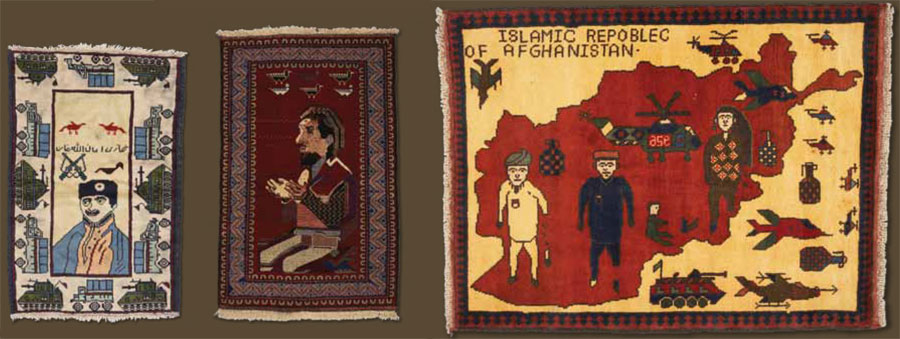Afghanistan entered history in 1747. Nadir Shah, the Iranian ruler of the region, had been assassinated in Meshed (now northeastern Iran). One of his Afghan generals launched a new Afghan Empire from Qandahar (now southern Afghanistan), taking advantage of the decline of the Mughal Empire in India. When emissaries from the British Imperial Government in Calcutta first arrived in the area in 1809, the Afghan Empire was the largest and strongest polity in the region, extending from Central Asia to the Arabian Sea and including Kashmir. But then Afghanistan became sandwiched between the expanding British and Russian (later Soviet) Empires, isolated from the rest of the world. When the British withdrew from India in 1947, Afghanistan emerged with a seat in the U.N. But a period of accelerating social and political change ended in 1978 in a revolution led by Soviet-trained Afghan Air Force officers, who installed a Soviet-style communist regime. Resistance was spontaneous. Civil war has continued since that time, exacerbated by the Soviet invasion in 1979. Millions fled the countryside to seek a new livelihood in the cities and in refugee camps across the borders of neighboring countries.

The Soviet army withdrew in 1989, but the disruption to the country’s political structure resulted in further civil war which was finally brought under control by the rise of the Taliban (students of religious schools). The Taliban were welcomed at first, but their regime soon became oppressive and was terminated in November 2001 by the American-led NATO response to 9/11. Since then the entire Afghan population of over 20 million may have suffered more from domestic warfare and its modern technology than any other country since World War II. Meanwhile, the continuing American and NATO military presence has met with increasing resistance in the form of guerilla activity, and Afghanistan, barely known by many in the West before, appears constantly in our newspaper headlines.
Penn Museum thanks the Textile Museum of Canada for providing images of war rugs included in this article. Text describing each rug was adapted from material provided by the Textile Museum. Special thanks are due to Roxane Shaughnessy, Curator, Collections & Access.
